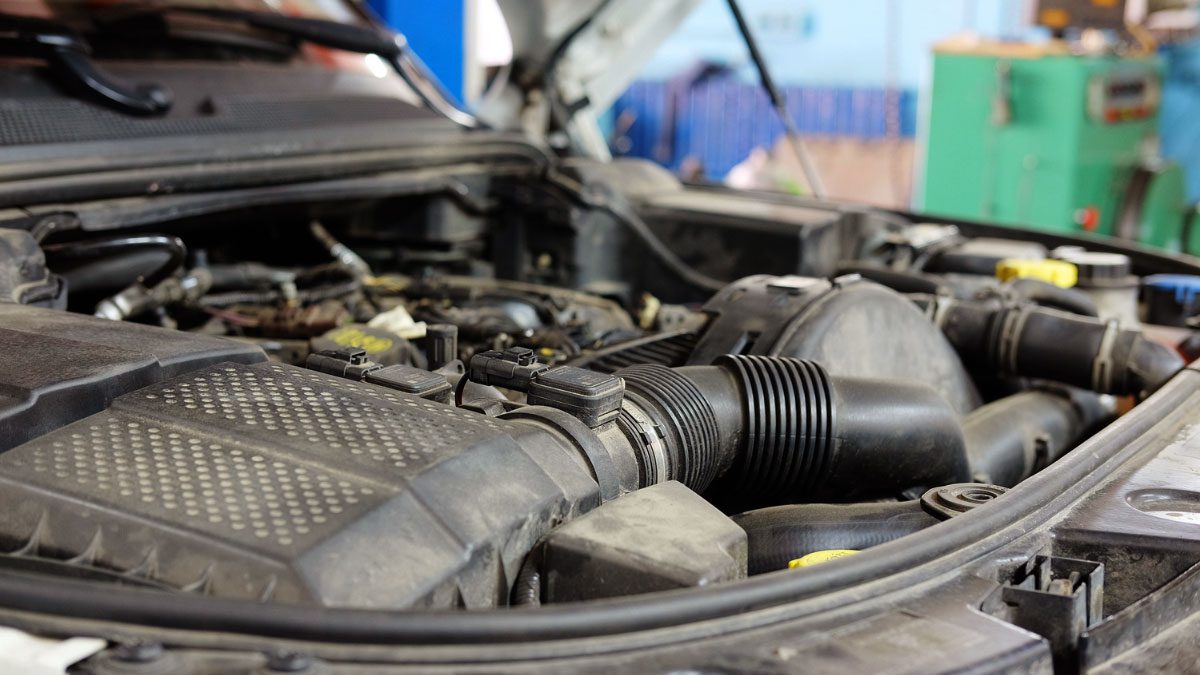Can You Drive With A Blown Head Gasket? Everything You Need To Know
A blown Head Gasket is one of the significant issues, mainly in old cars. Generally, it aims to provide a seal between the engine block and the cylinder head. So, this damaged gasket can severely affect your car if you don’t take proper steps immediately.
So, can you drive with a blown head gasket? Yes, you can drive. But we won’t recommend it for the safety of both you and your car. The reason is, with a blown head gasket, the engine of your vehicle won’t last more than a month.
Here in this article, we will provide symptoms, causes, and solutions to this problem. You will also learn precautions and prevention methods from here. Hence, keep reading.
Can You Drive With A Blown Head Gasket?
Head Gasket blows mean it can’t provide a sufficient barrier against the pressure from the parts it holds. Initially, it might not have much effect on the car engine. But, over time, this issue gets serious, causing severe damage to the car engine.
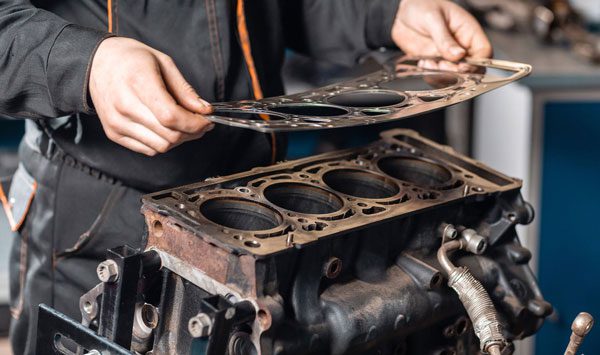
However, here are some issues you might encounter if you keep driving your car with a blown head gasket.
Low Level Of Coolant
After blowing off the head gasket, the coolant will leak from the coolant system. This will result in a rapid lowering of the coolant level inside the coolant tank.
Waste Of Coolant
Due to the blown gaskets, the engine oil will pass through the damaged seal and come into the coolant system. This will reduce the boiling temperature of the coolant. As a result, the coolant will start to boil at a low temperature and will vaporize. This is a total waste of coolant.
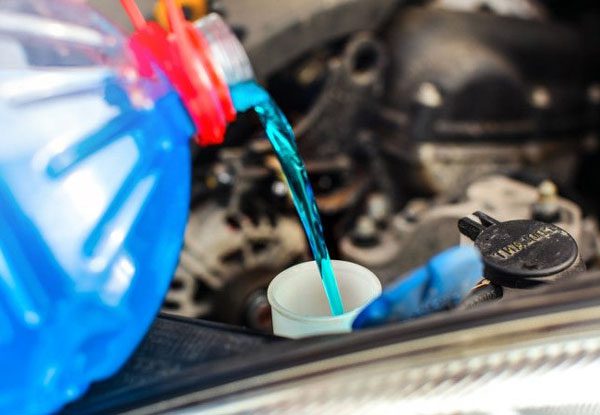
Smoke From The Exhaust Pipe
The damaged gasket will introduce coolant into the combustion chamber. But, the combustion chamber only burns air and fuel.
When the coolant comes into the chamber, it won’t burn. Instead, it will vaporize and exit from the exhaust, which you will notice as smoke.

Rough Idle
The engine loses compression after blowing the head gasket. As a result, the engine will run unevenly and might keep stalling suddenly. And this leads to rough idle due to the blown head gasket.
Poor Fuel Economy
The damaged gasket will introduce coolant inside the combustion chamber, which will lean out the fuel. As a result, the oil consumption will increase for running the engine.
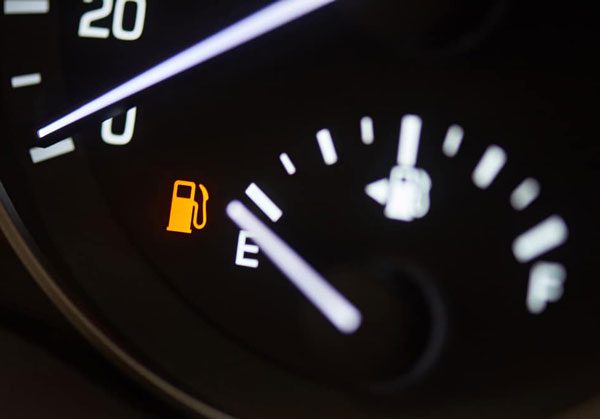
Damage Of Engine
When the coolant mixes with oil, it will dilute the oil. Thus, the engine oil won’t be able to provide sufficient lubrication to the engine bearings. This may cause damage to the engine’s crankshaft.
Rise Of Temperature In The Engine
Blowing the head gasket means the engine has to work harder. That’s why the engine overheats. Also, due to the coolant loss, coolant will be insufficient in the cooling system.
As a result, the cooling system won’t be able to absorb and remove the heat generated by the engine. Hence, the temperature in the engine will rise.
Causes Of Blown Head Gasket
Several causes can lead to a blown head gasket. Those reasons are:
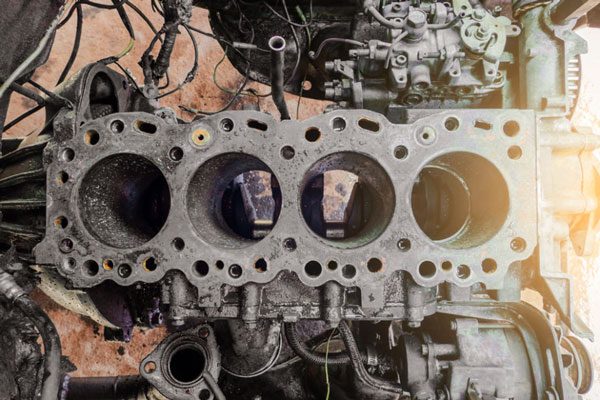
Engine Overheating
It is recognized as the primary cause of blowing a head gasket. When the engine’s temperature is too high, the gasket senses the temperature above its tolerance point. In other words, the gasket can’t handle that much heat.
On the other hand, the metal expands with the increased engine temperature. Also, it can cause cracks in the engine block. For this reason, the head gasket loses its sealing property and blows.
Aging
Aging is another reason for blowing; no one can handle this issue. Under average mileage, you will not notice head gaskets blowing too often.
But aging and high mileage of the head gaskets usually break down the gasket. Additionally, With time the gaskets lose their sealing capability. Therefore a case of blown head gasket will arise.
Improper Installation Of Head Gasket
If you leave issues while installing a new head gasket, it will eventually blow the gasket too soon. Improper head gasket installation means it can’t hold the sealing capability long. Here are some reasons behind the inappropriate installation:
- Using the old head bolts again
- Using a single or more damaged bolts
- If you don’t follow the service manually while tightening the bolts. That means the following wrong tightening sequence
- Not cleaning and removing the dirt and dust fluid from every bolt
- If you use rotary abrasives while fixing the blown head gasket
Fixing Of Blown Head Gasket
First, you have to check and determine whether the Head Gasket is blown or not. Because, sometimes it just could be a simple cooling system problem. However, mechanics can temporarily fix the head gasket after blowing.
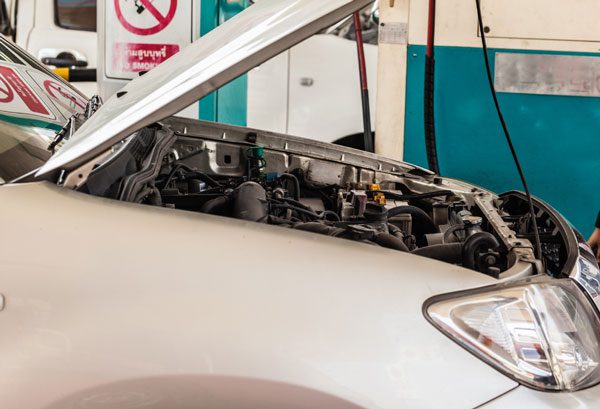
But the only permanent solution is to replace it with a new one. After ensuring the blown head gasket, follow these steps to fix it
- Step 1: Disconnect your car battery. To do this, pull out the negative terminal of the battery
- Step 2: Find out the airbox inside the car and remove it. At the same time also, remove the intake hose
- Step 3: Pull out the AC compressor. To do this, you may need some equipment to remove bolts
- Step 4: Take a screwdriver and use it to loosen the clamp for the aim of water pump hose disconnection
- Step 5: Remove the bolts that hold the alternator and then drag out the alternator, also
- Step 6: Remove all the hoses in the radiator and disconnect all AC lines
- Step 7: Now, You will see the blown Head Gasket. Use the service manual to find out the sequence of tightening bolts
- Step 8: Pull out the Blown Head Gasket
- Step 9: Take the new Head Gasket and place it. Make sure you tighten the bolts in the correct order as the manual
Here is a YouTube video that may help you a little bit
Precautions While Repairing The Blown Head Gasket
Here are several precautions that you should follow while repairing the blown head gasket:
- Clean all the bolt threads properly. Leaving dirt, dust, oil, and fluid will cause a decrease in torque value
- Use certified tools in time of repair. Using rotary abrasives will cause engine problems through contamination
- Make sure you follow the manual to tighten the bolts in time for placing the new head gasket
- Make sure your new head gasket is cracks, corrosion, and damage free
- Don’t reuse the old head bolts

Prevention Of Head Gasket Failure
You can control some familiar sources of blown head gaskets if you see any potential danger. Immediate response to the following tasks may save you money and time indeed:
- The primary reason for blowing the head gasket is engine overheating. Whenever you sense it, take immediate steps to diagnose the problem
- Check the coolant level more often. If you see a low level of coolant, fill it on the instance
- Always use recommended engine oil by the manufacturers
- Change your head gasket after a certain period of the mileage suggested by the manufacturer
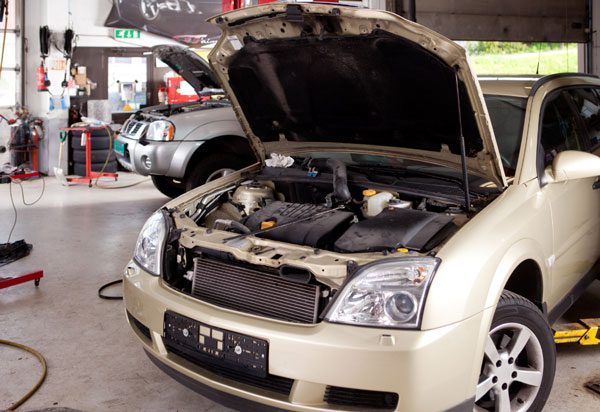
FAQs
In this FAQs section, we will answer some of the most common questions related to blowing heat gasket
The cost depends on the time when you catch the problem. If there is only a head gasket replacement, it will cost you between $1000 to $2000. But if there is an engine issue, too, you may have to count $3000-$4000 or more.
This is likely to last 200,000 miles. If you follow the recommendations and regular maintenance properly, you may never have to face a blown head gasket issue.
The sounds depend on how the Gasket is blown. In most cases, a knocking sound comes from the engine after blowing. Besides, you can hear the sound of a misfire also.
Conclusion
A blown Head Gasket can be fatal if you can’t diagnose it early. You should be aware of the symptoms, causes, and dangers of this issue. So, can you drive with a blown head gasket or not?
We recommend not to keep driving it as the blown head gasket is like a ticking bomb. If you don’t resolve this issue, with time, it will get more dangerous. As blown gasket replacement is costly, preventive steps may save money.

